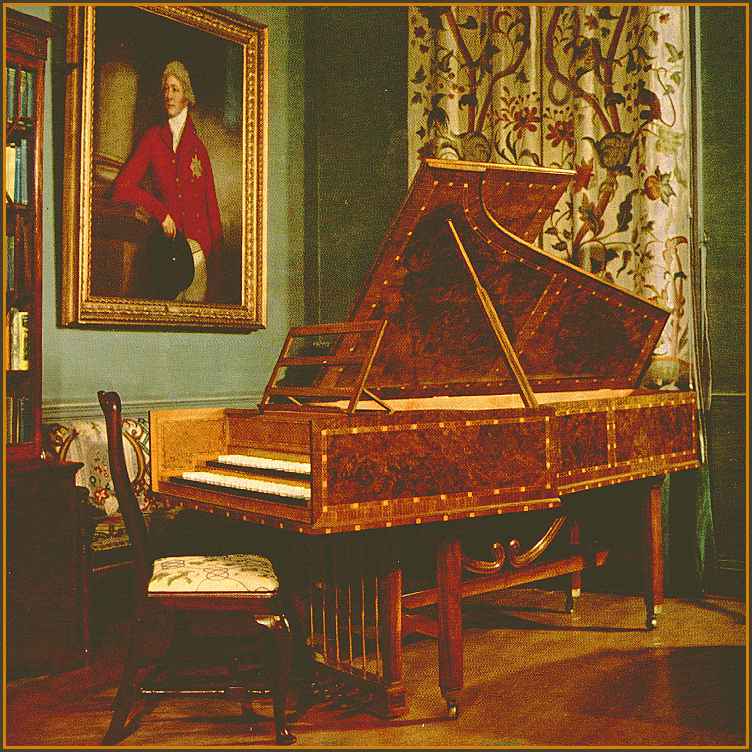
|
Domenico Scarlatti's old pupil from his Lisbon days, the Portuguese princess, married Ferdinand VI of Spain, and invited Scarlatti to the Spanish court. He accepted, and in 1733 he went to Madrid, where he lived until his death in 1757. This period of 24 years would be the longest sojourn of his life and one of the most productive.
Here, with the thorough musical grounding he brought with him from Italy and his own brilliance on the harpsichord, Scarlatti immersed himself in the folk tunes and rhythms of Spain, with their distinctive Moorish/Arabic and gypsy influences. He composed more than 500 keyboard sonatas, unique in their total originality, and the use of the acciaccatura, the 'simultaneous mordent', the 'vamp' (usually at the beginning of the second half of a sonata). The "folk" element is constantly present throughout these works. As one listens to these Sonatas, it is the never-failing invention and vitality of the music that is so remarkable; and all the more so when one realizes that the composer produced the great majority of these works at incredible speed in the last five years or so of his life. In these Sonatas, concentrated into the resources of one keyboard instrument, may be heard all the fire and passion of Spanish life. Not until the 20th century do we find music that so faithfully reflects the ambience of its country's folk culture. These are not dry academic performances all played on one single-manual harpsichord with no change of sound and texture. The instruments of Thomas Goff based on the English Kirckman tradition, have more tonal variety than any other harpsichord. Valda Aveling exploits this rich tonal palette, bringing out to the full the contrasts of energy and brilliance, sadness and somber tones, which are the hallmarks of Domenico Scarlatti's keyboard works.
 |